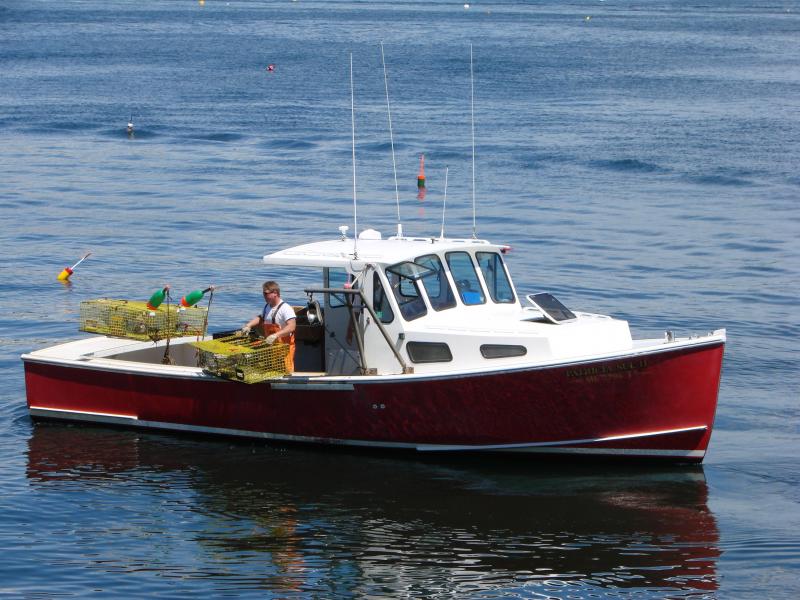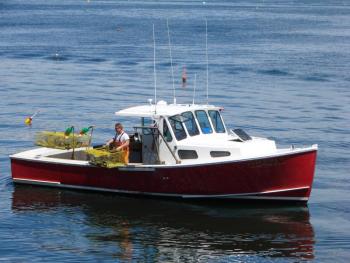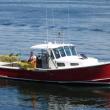Another year of improved value for Maine’s commercial marine resources
For the third straight year, Maine’s commercially harvested marine resources increased in overall value and generated over one-half billion dollars for the state’s economy, according to preliminary data released by the Maine Department of Marine Resources.
The total value of Maine’s commercial marine resources landed in 2014 jumped by more than $44 million over 2013 and reached an all-time high of $585,348,370.
The overall rise in value can be attributed largely to an $86 million increase in the value of lobster and an additional $1.8 million in the value of scallops balanced by a decline in value for four species, most notably Maine’s elver fishery.
“Lobsters continue to be Maine’s most commercially valuable fishery on the strength of historic landings and rebounded value,” said Maine Department of Marine Resources. For the third straight year and only the third time ever, Maine lobster harvesters landed over 120 million pounds. The fishery increased in value over 2013 to record high of $456,935,346.
Maine’s scallop fishery also saw another year of increased landings and value as it continues to rebuild from an all-time low of 33,000 pounds landed in 2005. Maine’s 438 active licensed draggers and divers landed an additional 78,335 meat pounds (without the shell) over 2013 for a total of 584,173 pounds. At $7,464,690, the value of the fishery increased by more than $1.8 million.
“Maine’s scallop fishery continues to improve as a result of DMR’s new approach to management,” said Maine Department of Marine Resources Commissioner Patrick Keliher. “This is a great example of industry and the department working together to re-build this signature Maine fishery.”
Maine’s softshell clam fishery also increased in value, growing by more than $1.1 million to $19,226,987, even while landings declined by more than 1.5 million pounds, dropping from 11,250,760 pounds landed in 2013 to 9,712,571 pounds. Threats to the state’s softshell clam resource from invasive green crabs are being addressed on a number of fronts including efforts by municipal shellfish committees and DMR’s Bureau of Public Health.
Landings for Maine’s elver fishery, constrained for the first time by an overall state quota, declined by more than eight thousand pounds, from 18,076 pounds in 2013 to 9,690 pounds. Value also decreased by more than $24 million to a total of$8,474,302 attributed in-part to the quota constraint and a decline in per pound value from 2013 of nearly $1,000.
The decline in value for the elver fishery moved it from the second most valuable, a position it held for two years, to fourth. The softshell clam fishery reclaimed its position as the second most valuable commercial fishery, a status it had held prior to 2012. Atlantic herring, valued at $16,352,084 was the third most valuable fishery in 2014.
More landings data can be found at http://www.maine.gov/dmr/comfish.htm.
Event Date
Address
United States
























